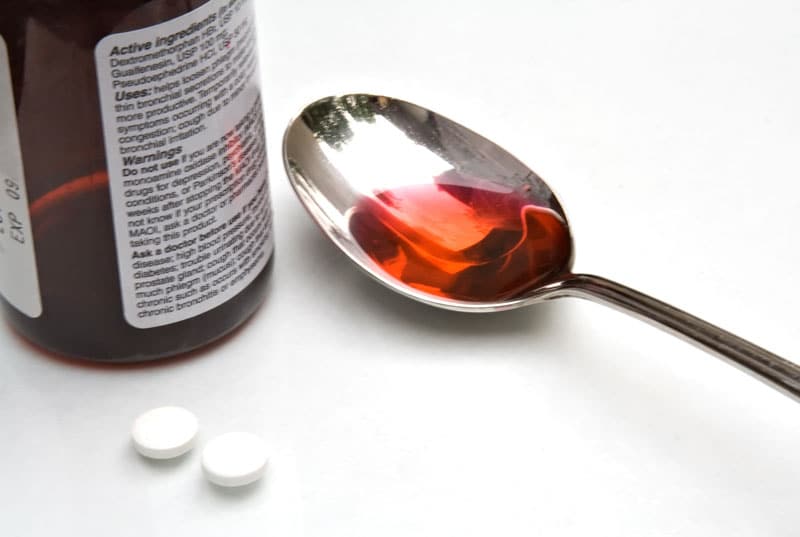Cut off levels are used to determine whether to immediately report out a negative drug test result after a screening test or to send the specimen on to further confirmation testing. A higher cut off level for the screening test may cast a wider net to find the drug class being testing. The confirmation test is then the definitive testing for a positive result. You will find the video to the right on Cut-off levels and Detection Times to be very helpful.
Cut off levels may be different based on Department of Transportation (DOT) required testing and Non-DOT or non-regulated testing. The levels also are different depending on urine specimen drug testing, oral fluid drug testing and hair drug testing. Check out our charts on most common drug testing Cut Off Levels in the drug testing industry.
In drug testing a cut off level is established to determine when a test will be positive for illegal drugs. The laboratory analysis measures the amount of the drug metabolite in the specimen at the time of testing. Using the established cut off level means that a small trace of the metabolite may be present in a specimen and the test result reported as negative. Every benefit of the doubt is given to the donor.
Dealing with some common drug testing myths, we find that:
- For marijuana testing the cut off levels prevent false positives based on second hand smoke.
- For opiate testing the cut off levels prevent false positives based on consumption of poppy seeds.
A screening result commonly indicates that a class of drugs is positive, not necessarily which specific drug triggered the positive. Confirmation testing is necessary because a false positive can occur when the screen is positive but the drug is not actually present, and a false negative can occur when the drug is actually present but the screen is negative.
In order to determine if a urine specimen is negative or positive for drugs of abuse, all specimens go through a screening procedure and if tested above the screening cut off levels then confirmation testing is needed. The second round of testing for confirmation is gas chromatography (GC), gas chromatography-mass spectrometry (GC-MS) or liquid chromatography-mass spectrometry/mass spectrometry (LC-MS/MS). The subsequent confirmatory procedures are performed on a second independent portion of the original urine specimen. Specimens testing above the confirmation test cut off levels are reported by the laboratory as positive.
The cut off levels or Federal Workplace testing and Department of Transportation (DOT) testing are established by:
- The United States Department of Health And Human Services (HHS) - Mandatory Guidelines for Federal Workplace Drug Testing Programs
- These guidelines are published by the HHS agency the Substance Abuse and Mental Health Services Administration (SAMHSA).
- SAMHSA also provides recommended cut off levels for Non DOT testing
Drug Testing Cut Off levels for the standard 5 panel drug urine test, DOT drug test and other drug test panel configurations can be found at: Charts – Cutoff Levels
Many non-regulated employers mirror the cutoff levels established by the government while others customize their drug testing panels to be more sensitive to certain drugs based upon their program needs and unique workforce.
Drug testing has two cutoff levels for positive detection – screening and confirmation. Labs that follow the guidelines will consider drug testing to be negative if detection is below either cutoff level. In the case of urine analysis, drug testing cutoff levels are measured in nanograms per milliliter (ng/ml). Screening and confirmation testing are performed using different testing methodologies that have different specificity and sensitivity. The screening and confirmation testing may have different cut off levels. When the lab performs the screening testing, if the specimen tests below the cut off level for screening, the lab reports the test result as negative.

Confirmation testing or “gas chromatography-mass spectrometry” (GC/MS) identifies the exact drug metabolite at a specific quantitative level. Confirmation testing can also be performed with “liquid chromatography–mass spectrometry” (LC/MS). These confirmation techniques eliminate false positives or false negatives. A medical review officer (MRO) is used for further quality control and to rule out positives based on legitimately prescribed drugs.
For non-regulated testing, cut off levels may differ among difference drug testing laboratories. For DOT testing, the levels will be the same among SAMHSA certified laboratories.
Some frequently asked questions about drug testing cut off levels:
These are ruled out in the confirmation testing process if they show up at all
Unfortunately, the cut off levels do not tell us:
- 1. When the drug was used
- 2. How much drug was used
- 3. How strong the drug is

The levels do not tell us if the person took one hit of a joint or one pill. However, it is likely that the detection window of 1 hit or 1 pill would be very short.
- Typically No
- DOT prohibits providing Quant levels on DOT required tests
- A reported positive drug test is positive regardless of the levels it tested at
- For Non DOT testing there may be exceptions
Yes potentially in screening but these are ruled out in the confirmation testing process
Confirmation testing provides for a legally defensible drug test result. One or more specific metabolites can be identified, quantified and reported using the applicable confirmation cutoff for a positive test result. No false positives.






